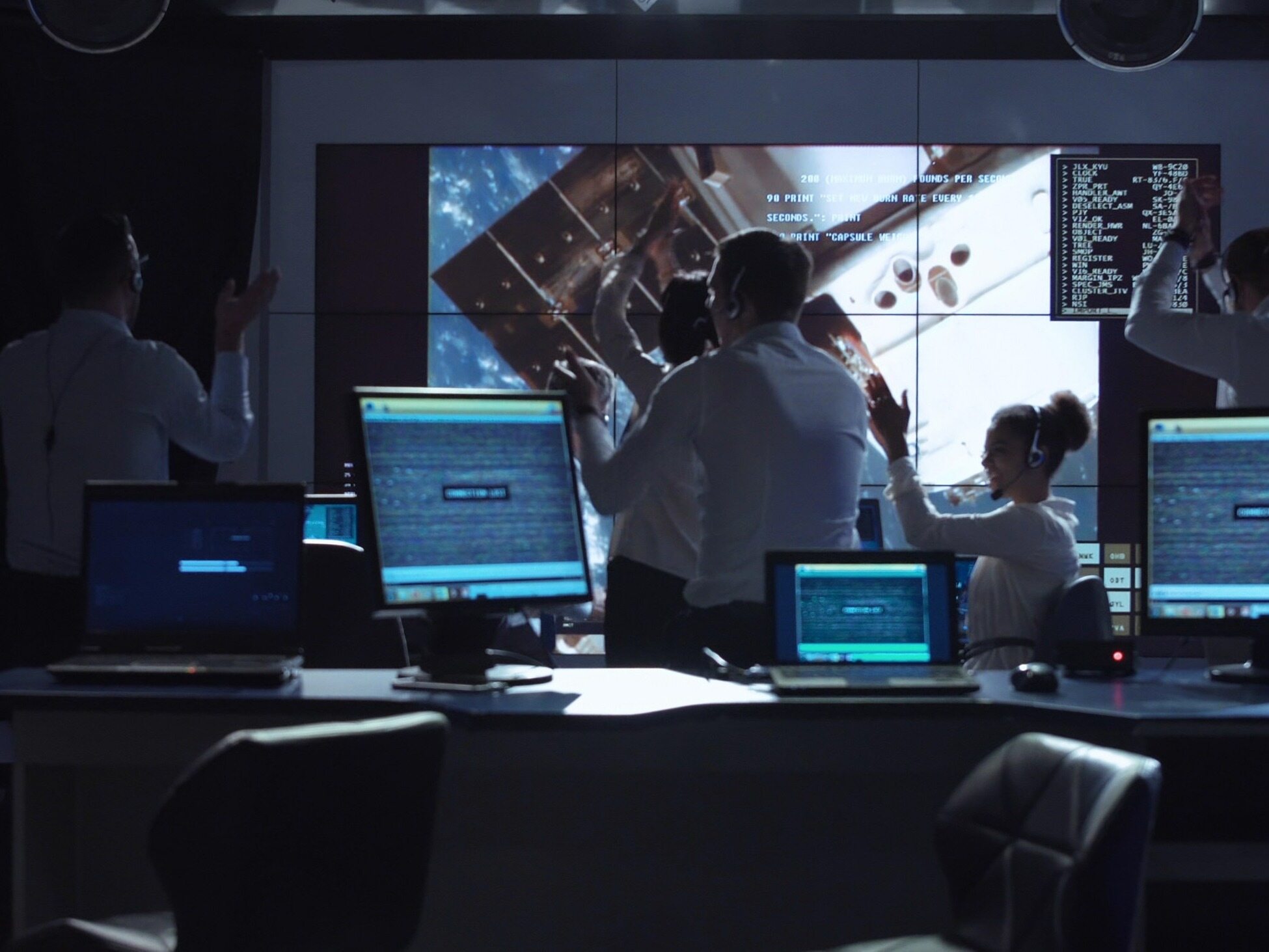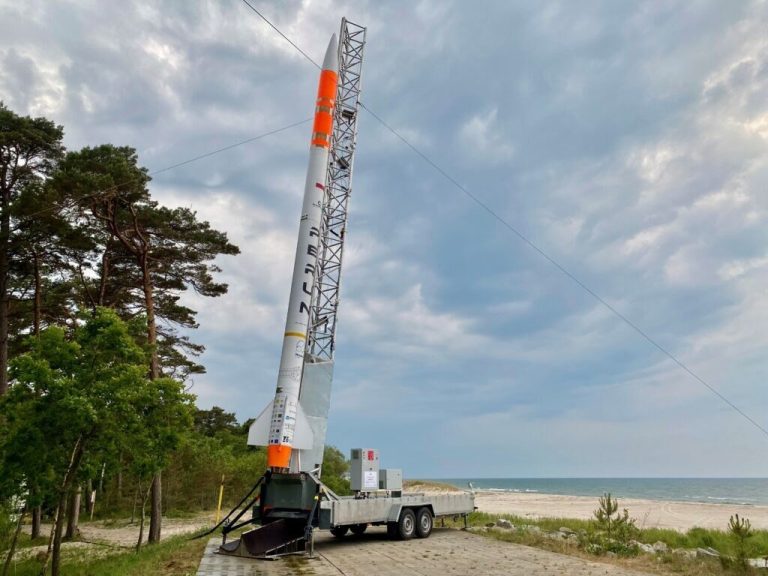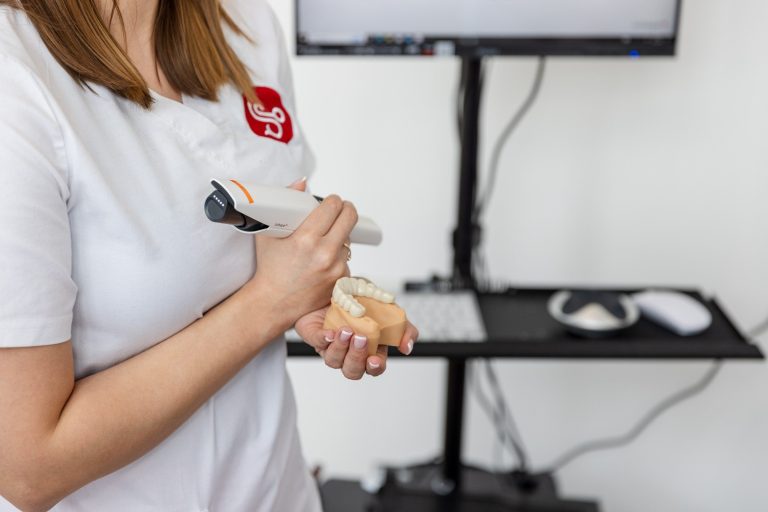Artificial intelligence conquers space. Poles have their share in it

Thanks to the development of artificial intelligence, previously unimaginable possibilities of space exploration are opening up, although astronomers and engineers have been using its possibilities long before the appearance of chatGTP, which has recently conquered the world. Poles are also involved in the research.
Space research is another industry that can benefit from the development of artificial intelligence. New technologies created on its basis not only change the way of space exploration, but also give hope for exploring areas that have been shrouded in mystery so far.
Enormity of possibilities
The beginnings of the use of artificial intelligence in space research date back to the 1980s, and today it is actually hard to imagine a larger astronomical project without its participation. As Dr. Adam Zadrożny, an astrophysicist from the National Center for Nuclear Research, explains in the scientific website “Polska w Polsce”, machine learning methods are used to “detect flares and remove background artifacts in optical observations, e.g. related to the passage of an airplane or an asteroid when taking a photo.” or “facilitate the recognition and classification of observed objects – from the seemingly trivial problem of distinguishing between stars and distant extragalactic objects, to more sophisticated applications for the reconstruction of their properties, the search for rare phenomena, or the search for hitherto unknown classes of sources, e.g. previously undiscovered types of stars.”
The American NASA recently revealed that it uses artificial intelligence to design unique tools and components for its missions. The agency points out that although AI-designed elements of a spacecraft or other equipment may look like “bones left by some alien species”, such structures are lighter and more durable. They can also be created much faster than in the case of independent human work, and their cost is lower.
In turn, scientists from the Curtin University of Technology in Australia recently reported that artificial intelligence may prove helpful in the search for traces of alien civilizations.
The first in Poland
There are over a dozen research centers in Poland that deal with space research. Among them are the Space Research Center of the Polish Academy of Sciences, the Nicolaus Copernicus Astronomical Center of the Polish Academy of Sciences, the University of Warsaw, the Jagiellonian University and the University of Wrocław and observatories associated with these universities, as well as the National Center for Nuclear Research (NCBJ).
One of the precursors of the use of artificial intelligence in space exploration in our country was the Pi of the Sky team, operating since 2004. It is made up of scientists and engineers from the Institute of Nuclear Problems. Andrzej Sołtan, the Institute of Experimental Physics of the University of Warsaw, the Institute of Electronic Systems of the Warsaw University of Technology, the Faculty of Physics of the Warsaw University of Technology, the Center for Theoretical Physics of the Polish Academy of Sciences and the Space Research Center of the Polish Academy of Sciences. The project was initiated by prof. Bohdan Paczyński and was used to automatically observe the sky in search of optical flares of cosmic origin.
The Astronomical Observatory of the University of Warsaw uses artificial intelligence to analyze data in the OGLE project, aimed at detecting and observing gravitational microlensing phenomena. It has been conducted since 1992 under the supervision of prof. Andrzej Udalski. Astronomers from this center also use artificial intelligence in their work as part of the Gaia mission, conducted by the European Space Agency. Their tasks consist in the daily analysis of data provided by the satellite.
“Project Pi of the Sky was ahead of its time in a way. In the years of its implementation (2004-2017) it made a lot of interesting observations and was the second, after OGLE, entirely Polish project that used Big Data analysis in Polish astronomy.
In turn, the team from the Nicolaus Copernicus Astronomical Center, operating as part of the Polish Academy of Sciences, uses AI for the purposes of the LIGO project, i.e. a project for the direct detection of gravitational waves, and stellar evolution. In addition, the Center for Theoretical Physics of the Polish Academy of Sciences is working on the application of AI to study distant galaxies.
Special research group at NCBJ
Work on the application of artificial intelligence in astrophysics is also underway at the National Center for Nuclear Research. For several years, a special research group has been developed there, which focuses on this issue.
“NCBJ not only participates in projects using AI for the purposes of LIGO or LSST. He also initiates and co-creates his own projects, often with foreign partners, such as the search for active galactic nuclei, carried out in cooperation with the National Tsing Hua University in Hsinchu (Taiwan)” – enumerates Dr. Adam Zadrożny, who is a member of this team.
Poles are part of global projects
Units from Poland such as NCBJ, UW, UJ, NCU, CFT PAN, CAMK PAN are involved, together with several dozen entities from around the world, in the gigantic, international observational project Legacy Survey of Space and Time, implemented at the Vera Rubin Observatory, which is being built in Chile. Scientists from, for example, the National Center for Nuclear Research are preparing algorithms that will enrich the set of information obtained from observations. Observations for review are scheduled to begin in 2024 and will last ten years.
– Thanks to LSST research, we expect to better understand the nature of matter and energy in the Universe and verify the basic laws of physics – explains Prof. Agnieszka Pollo, who heads the NCBJ Astrophysics Department and the project of the Polish LSST consortium. – The observations will also concern our immediate cosmic vicinity – as part of the review, monitoring of near-Earth asteroids will be carried out, which will significantly increase the chances of early detection of an asteroid that is potentially dangerous to us. On the even more practical side – the data collected by LSST, unprecedentedly large and complex, will require the development of sophisticated machine learning methods and algorithms, which will then probably also be used in tools used in our everyday life – the astrophysicist points out.
Polish space business
Since 2016, the research and use of artificial intelligence for the development of advanced space missions has been carried out by KP Labs. It was founded by a group of engineers and scientists associated with the Silesian University of Technology in Gliwice. As they write about themselves, they are “a team of enthusiasts of new technologies who do not think that the sky is the limit”. Their mission is to “accelerate space exploration through the development of autonomous spacecraft and robotic technology” and the ambition is “to become the European leader in providing autonomous systems for space applications”.
The start-up provides components that enable data processing in orbit. They have created their own Smart Mission Ecosystem (SME) product line, which includes hardware, specialized software and artificial intelligence algorithms.
The company’s flagship project is the Intuition-1 mission. An Earth observation satellite is to be launched into low Earth orbit, which, thanks to artificial intelligence solutions and a dedicated on-board computer, will automate and accelerate the process of acquiring and processing images already on board. The Intuition-1 satellite is set to go into orbit aboard a Falcon 9 rocket as part of Elon Musk’s SpaceX mission. The launch is scheduled for October this year.
– Moving algorithms on board a satellite, rover or lander must happen, and in fact it is already happening. The development of these technologies in space will be crucial and widespread. As KP Labs, we try to transfer this autonomy at various levels of abstraction into space, so that we can more effectively, easily, safely and better explore space – says Dr. hab. Eng. Jakub Nalepa, head of the AI department at KP Labs, in an interview with datasciencerobie.pl.
Polish rocket tests
In turn, the company SpaceForest from Gdynia specializes in microwave technology, artificial intelligence, advanced electronics and rocket technologies. On June 21 this year, a general flight test of the Polish suborbital rocket Perun, created in this start-up, took place at the training ground in Ustka. It is to be used for scientific purposes and tests of commercial solutions. Further tests will probably be carried out in the fall.
In May this year, Scanway SA from Wrocław, which develops and implements intelligent optical instruments for small satellites, established cooperation with the Australian company AICRAFT, known for solutions in the field of artificial intelligence. Both entities will cooperate in creating a smart telescope for observing the Earth from space, which will be equipped with AI algorithms.






